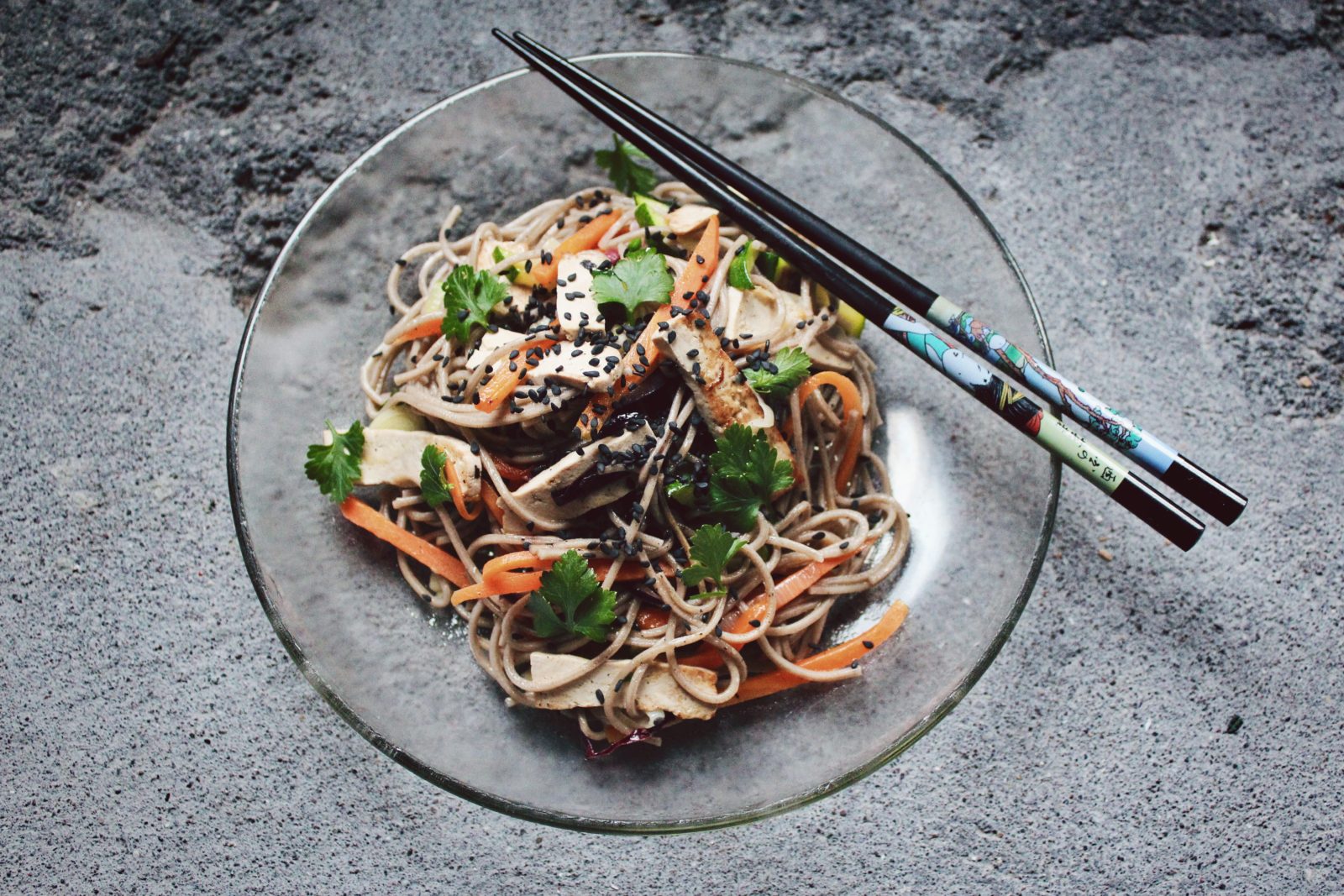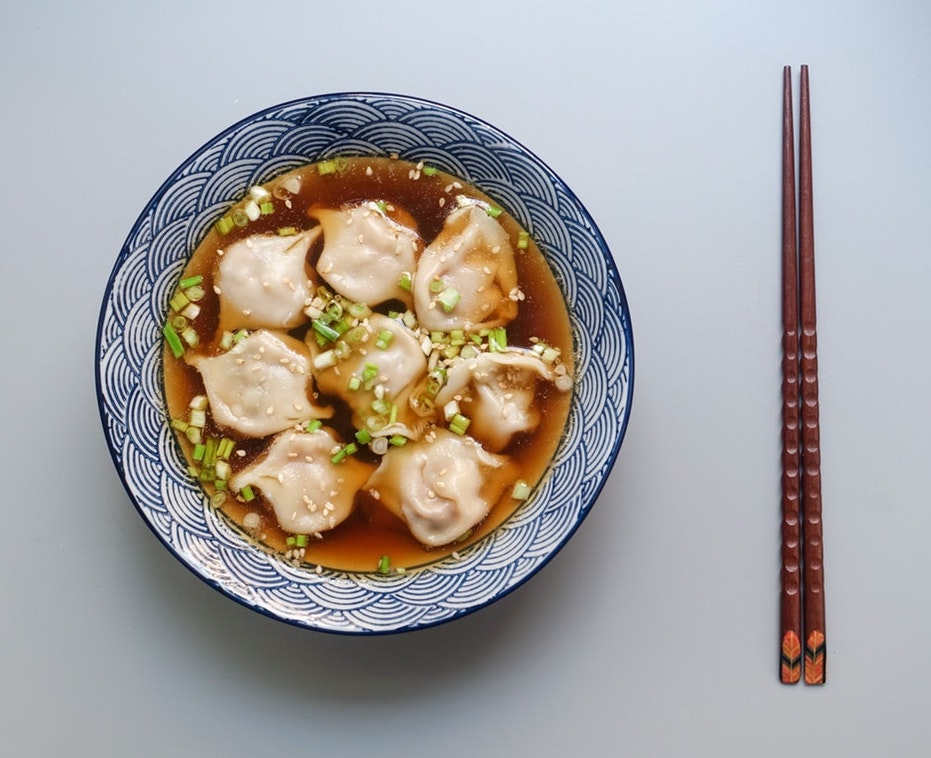We’ve reached the end of Veganuary and we’re feeling great; a spring in our step, lightness in our gut and a fresh approach to vegetables in our cooking canon. And we’re not keen on stopping yet! Chinese New Year has arrived and with it, the chance to get some new and exciting veggie dishes in your repertoire. So with the help of the chefs at Royal China, here are 6 IDEAL steps to delicious, vegetarian, Chinese dishes at home.
FRESH IS BEST
A simple Cantonese style stir-fry of vegetables, with all the smokiness, char and depth that the wok imparts, is as good as it gets for us. Using the freshest ingredients means that half the work is done for you, as you’ll need little cooking time and little fuss too; the inherent sweetness and crunch of Asian vegetables such as pak choi, Chinese broccoli, shiitake mushrooms, bean sprouts and lotus root, seems designed for this type of cooking.
Just flash fry in a smoking hot wok or frying pan with a little vegetable oil and crushed garlic, and season at the end with soy sauce, white paper and a pinch of sugar. Drizzle with a drop of sesame oil and scatter toasted sesame seeds over the finished article, if you’re feeling fancy
TASTY TOFU
Tofu is a great substitute for meat as it’s full of protein, meaning you stay fuller for longer. It has the ability to take on heaps of flavour too, meaning you don’t need to hold back with the seasoning. This amazingly versatile ingredient can confidently carry a dish, no problem.
Marinate some tofu in soy sauce, chilli flakes, honey, lemon zest and oil for 2 hours. Cook in a pan on a medium heat until the tofu is golden brown, before topping with the remaining marinade which will act as a sticky glaze. Alternatively, you could try your hand at Mapo Tofu, a gloriously spicy, moreish Sichuan dish using silken tofu which has a glorious texture. Omit the minced beef if going full vegetarian.

SOME LIKE IT HOT
Chilli and spices work supremely well with vegetables, tofu and stir-fries, so there’s no excuse for your vegetarian dishes wanting for flavour and kick. Enjoy the fresh heat of garlic, ginger and chilli by adding them to a stir-fry in their fresh form, and add more depth and intrigue with dried chilli, which has a totally different flavour profile. Alternatively, or in addition, the aromatic hum of Chinese five-spice can bring intrigue to tofu based braises.
FERMENTED FAVOURITES
Vegetarian food is sometimes (wrongly) defined as characterless and lacking intensity. A great way to raise a defiant middle finger to this accusation is by harnessing the huge power of ferments and pickles in your cooking. Chinese cooking has food with that lactic funk in abundance. Zhai Choy which uses fermented red tofu, is a particular favourite, with added depth imparted by dried mushrooms; an umami bomb and a half if ever there was one. A classic Sichuan Xu Yiang (pickled aubergine in hot garlic) is another cracking dish which will have you wondering if you ever need meat in your life again.
SOUPER BROTH
Chinese broths, a key component of any spread in the Republic, are the perfect opportunity to pack your dinner full of vegetables. Vegetable stock, dried mushrooms, spring onion and fresh red chilli are essential foundations, but beyond that, you can get experimental with what you add. The only rule, don’t scrimp on the veg!

SWEET TREATS
If you are daunted by veg-heavy dishes (firstly, you might want to talk to someone about that) then perhaps something sweet would be more up your strasse. A hugely popular dessert in China, particularly in the South of the country, Hong Kong and Macau, is Portuguese custard tart (as if we needn’t an excuse). A little heavy perhaps, but moreish nonetheless, is mooncake, enjoyed particularly during the Mid Autumn Festival. It’s essentially a chalky pastry encasing a savoury/sweet filling of salted duck egg yolk and red bean paste. Tang Hu Lu, candied mountain hawthorn, is another classic after dinner treat; sweet, sour and a hazard to teeth all over China.





